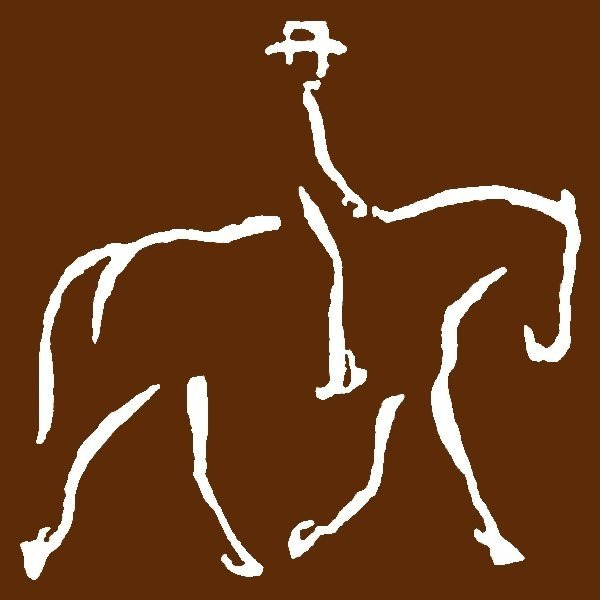In the Beginning:
In 2004 I wrote the original Nature of Natural document and chose the name Nature of Natural with the idea of what actually occurred in nature. That being how minds work, how they learn, and what adaptive qualities were involved in the behavior of horses. At the time, the movement known as Natural horsemanship was in vogue and perhaps still is. Having said that there is much pseudo-science behind that movement and certainly the techniques used, are not found in nature. So, what is in nature? In short Learning. All things learn, all flora and fauna learn on some level, and yes that includes plants that lack a central nervous system but still have mechanisms to learn. Thus, learning is natural, it has occurred since life evolved on this planet. None of the methods used in horse training are inherently natural in and of themselves but the underlying philosophy/principle with which a trainer employs them might be. When teaching the horse anything it is useful if not mandatory to know something about their nature. That is called ethology, how they behave naturally in the native environments amongst other horses. That knowledge gives a person some clue as to how the horse reacts to their environment or stimulus and thus how they learn, what their default settings for survival are, what those settings look like in terms of a shape of behavior and from all of that, a trainer may be able to discern what to do next to elicit or teach the desired behavior. All of this hoopla is in some way contained in what is known as Learning Theory. The following quote for from the application of learning theory in horse training by Andrew McClean and Jane Winther Christensen may shed some light on this:
“Learning can be defined as a process of adaptive changes in individual behavior as a result of experience (Thorpe, 1963) and thorough studies of learning abilities and mechanisms of the mammalian and avian brain have led to the development of learning theory. Learning theory describes an approach that explains changes in behavior produced by mental and/or physical practice, as opposed to other factors, e.g. physiological development. Learning theory includes non-associative learning (habituation and sensitization) and associative learning (classical conditioning and operant condition). These learning processes account for the entire gamut of behavior change based on experience in all animal species including horses.“
When I first wrote the original text for the Nature of natural the above had not been published, although Learning theory was well established many studies have been conducted in the 15 years since the original text. They all tend to support what the above quote from McClean and Christensen. In addition, groups have been formed to promotes the ethical training of horses using Learning Theory recognizing that horses have emotions that guide and or initiate behavior. One of those groups is The International Society for Equitation Science of which we at The Nature of Natural are members.
Having said all of that since the original writing we have trained many horses using Learning theory to the best of our knowledge at the time and can say in our apocryphal way that it is a produces a better more desirable result. We strive to learn all we can concerning behavior. If the horses could talk we are pretty sure they would agree. To close and to quote McClean once more, we agree that: “It is crucial to always be mindful that training is essentially an exploitative event and there is no ubiquitous training modality: all have advantages and pitfalls and outcomes maybe influenced by arousal, affective and attachment states. It is therefore essential that riders are trained in the optimal use of reinforcement and it is clear that the correct use of learning theory should be established as a first principle in equestrian coaching.
